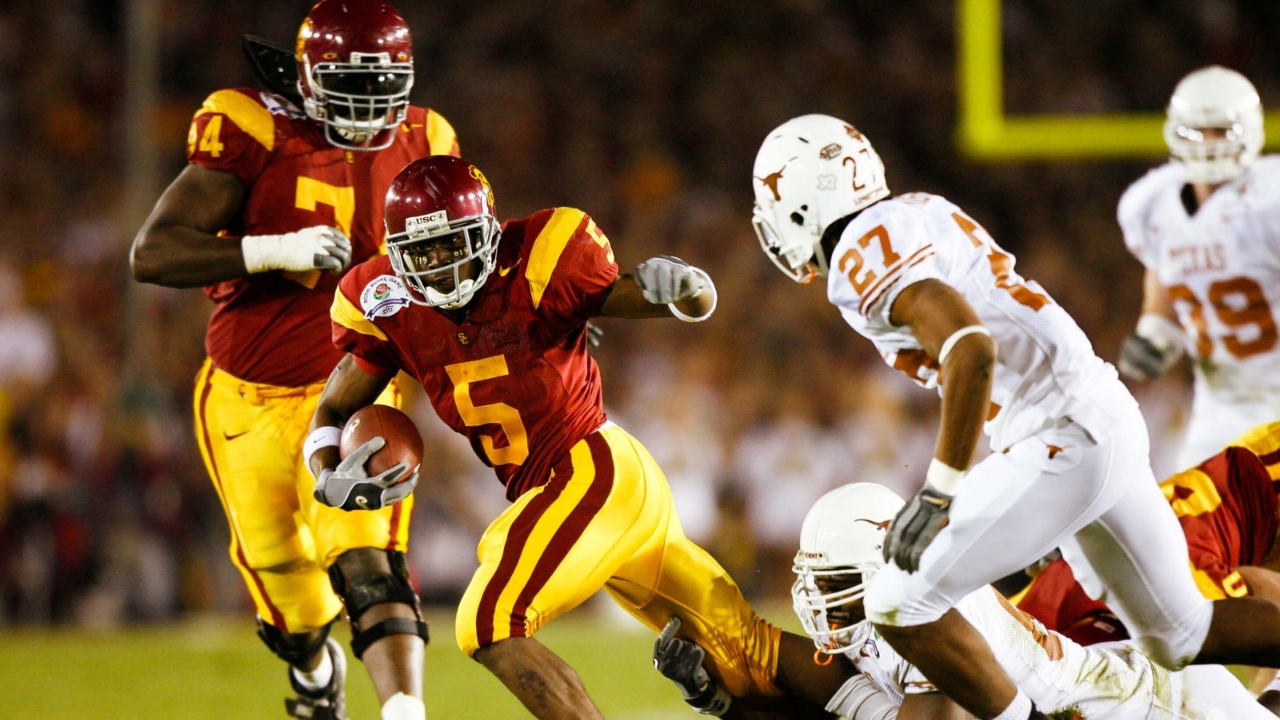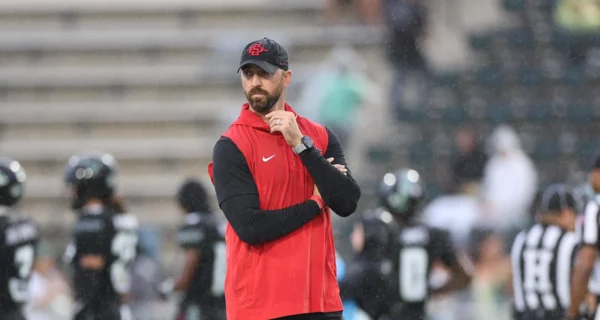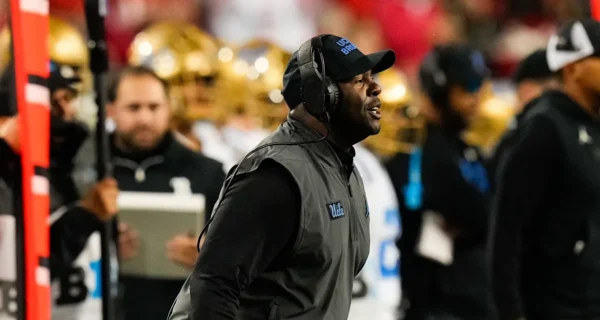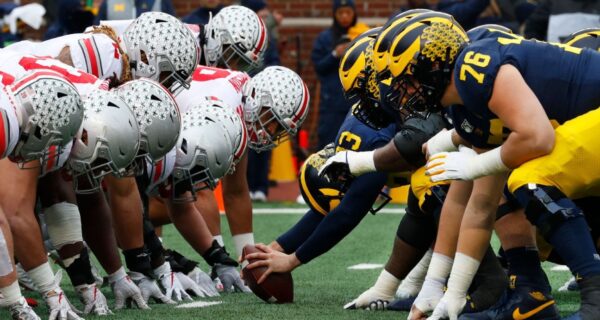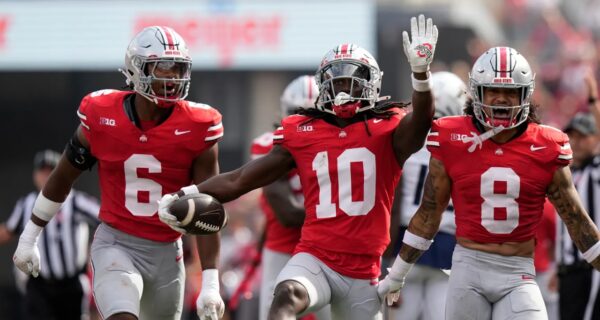College football is a staple of American culture, with deep traditions and rivalries. Understanding its origins and evolution provides insight into its current status as a beloved sport.
This article delves into the history of college football, tracing its roots from early games to its establishment as a major American pastime.
The Beginnings of College Football
College football’s history begins in the mid-19th century, drawing inspiration from various forms of football played in Great Britain. These early games were often disorganized and violent, with each college developing its own rules.
One of the earliest recorded games was played in 1827 at Harvard, known as “Bloody Monday,” which pitted freshmen against sophomores.
The First Intercollegiate Game
The first official intercollegiate football game occurred between Rutgers and Princeton on November 6, 1869. This game more closely resembled soccer, with teams of 25 players attempting to kick a round ball into the opposing team’s goal.
Rutgers emerged victorious, winning 6-4. This historic match set the stage for the development of standardized rules and the evolution of the sport.
Evolution of the Game Rules
As more colleges began to field football teams, the need for standardized rules became apparent. In 1873, representatives from Yale, Columbia, Princeton, and Rutgers met to codify the first intercollegiate football rules.
These rules were primarily based on the English Football Association’s regulations but began incorporating unique elements that would define American football.
Introduction of Rugby Influence
Harvard played a pivotal role in shaping modern football when it invited McGill University from Montreal to a two-game series in 1874. The first game followed Harvard’s rules, while the second adhered to McGill’s rugby regulations.
Harvard preferred the rugby-style game, which allowed running with the ball, leading to a gradual adoption of these rules across American colleges.
The Pioneer Period: 1869-1875
Historian Parke H. Davis described this era as American football’s ‘Pioneer Period’. During this time, the sport began to gain structure, but games were still largely unorganized.
Each college played by its own rules, and the games were often brutal, resembling mob football. This period laid the groundwork for more formalized play and the eventual establishment of intercollegiate competitions.
Formation of Intercollegiate Associations
In 1876, Harvard, Yale, Princeton, and Columbia formed the Intercollegiate Football Association (IFA). This association aimed to standardize the rules further and promote organized competition among colleges.
Although Yale initially resisted joining due to disagreements over the number of players per team, it eventually became a member in 1879.
The Role of Walter Camp
Walter Camp, the “Father of American Football,” was instrumental in shaping the sport. He introduced key innovations such as the line of scrimmage and the snap from center to quarterback.
These changes, adopted in 1880, transformed football from a chaotic scramble into a structured game emphasizing strategy and teamwork.
Down and Distance Rules
The camp also developed the down-and-distance system, requiring teams to advance the ball a certain distance within a set number of plays.
This innovation increased the game’s strategic complexity and helped distinguish American football from its rugby origins. Combined with the line of scrimmage, these rules laid the foundation for the modern game.
Expansion and Popularity
The popularity of college football soared in the late 19th and early 20th centuries. Rivalries and annual showdowns, such as the Army-Navy game, became major events.
Stadiums were built to accommodate growing crowds, and football became an integral part of college life. With the rise of betting on sports, fans began paying more attention to college football odds, adding another layer of excitement to the games.
By the early 20th century, college football had become a major American sport.
Safety Concerns and Reforms
The sport’s violent nature led to numerous injuries and fatalities, prompting calls for reform. In 1905, President Theodore Roosevelt intervened, urging colleges to make the game safer.
This led to the formation of the National Collegiate Athletic Association (NCAA) in 1910, which introduced rules to reduce violence and improve player safety, ensuring the sport’s survival and continued growth.
Conclusion
College football’s journey from a chaotic, unregulated game to a highly organized and strategic sport is a testament to its enduring appeal. Innovations by figures like Walter Camp and establishing the NCAA helped shape the game we know today.
College football remains a beloved American tradition, celebrated for its history, rivalries, and the passion it inspires in fans nationwide.

